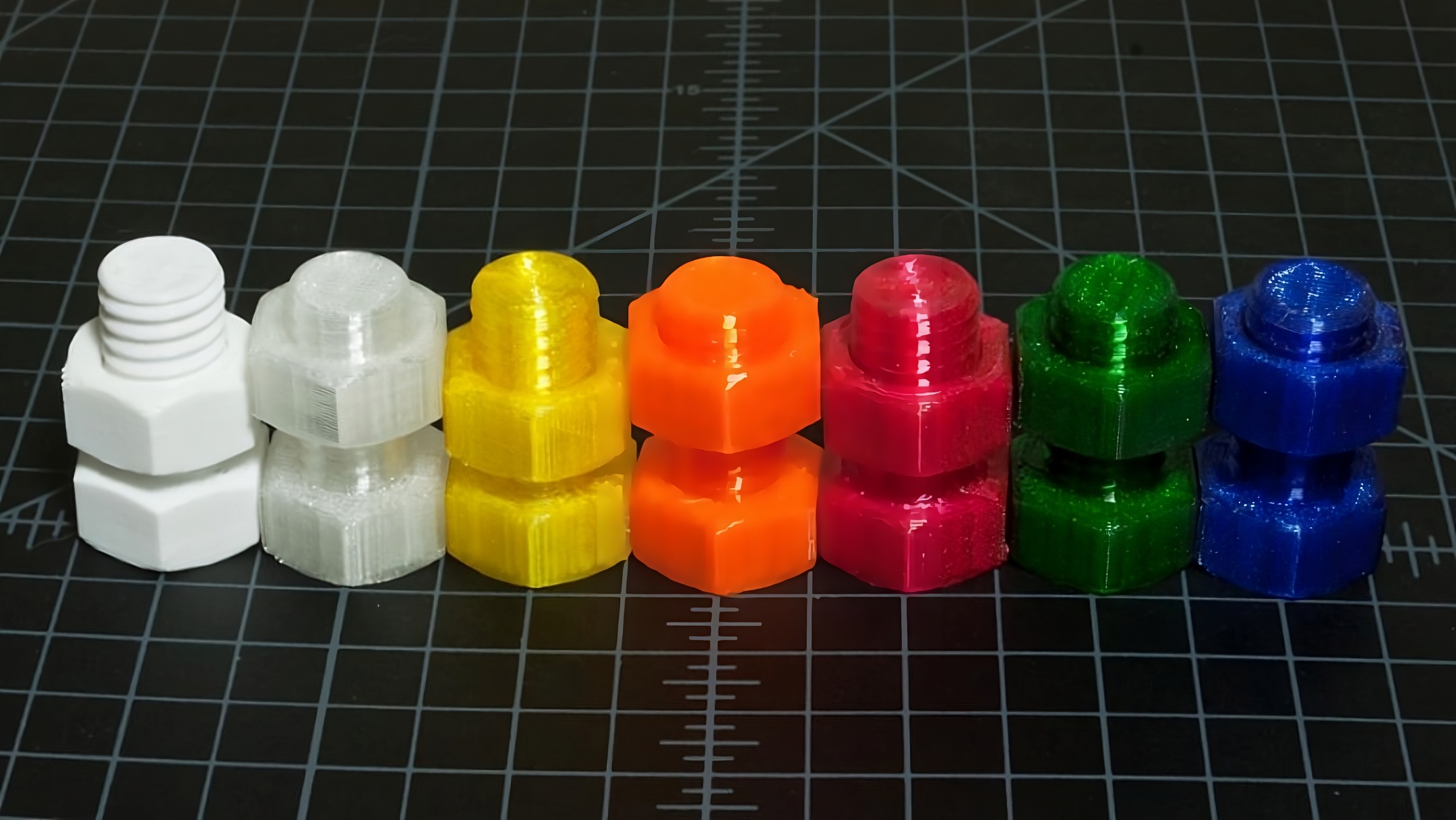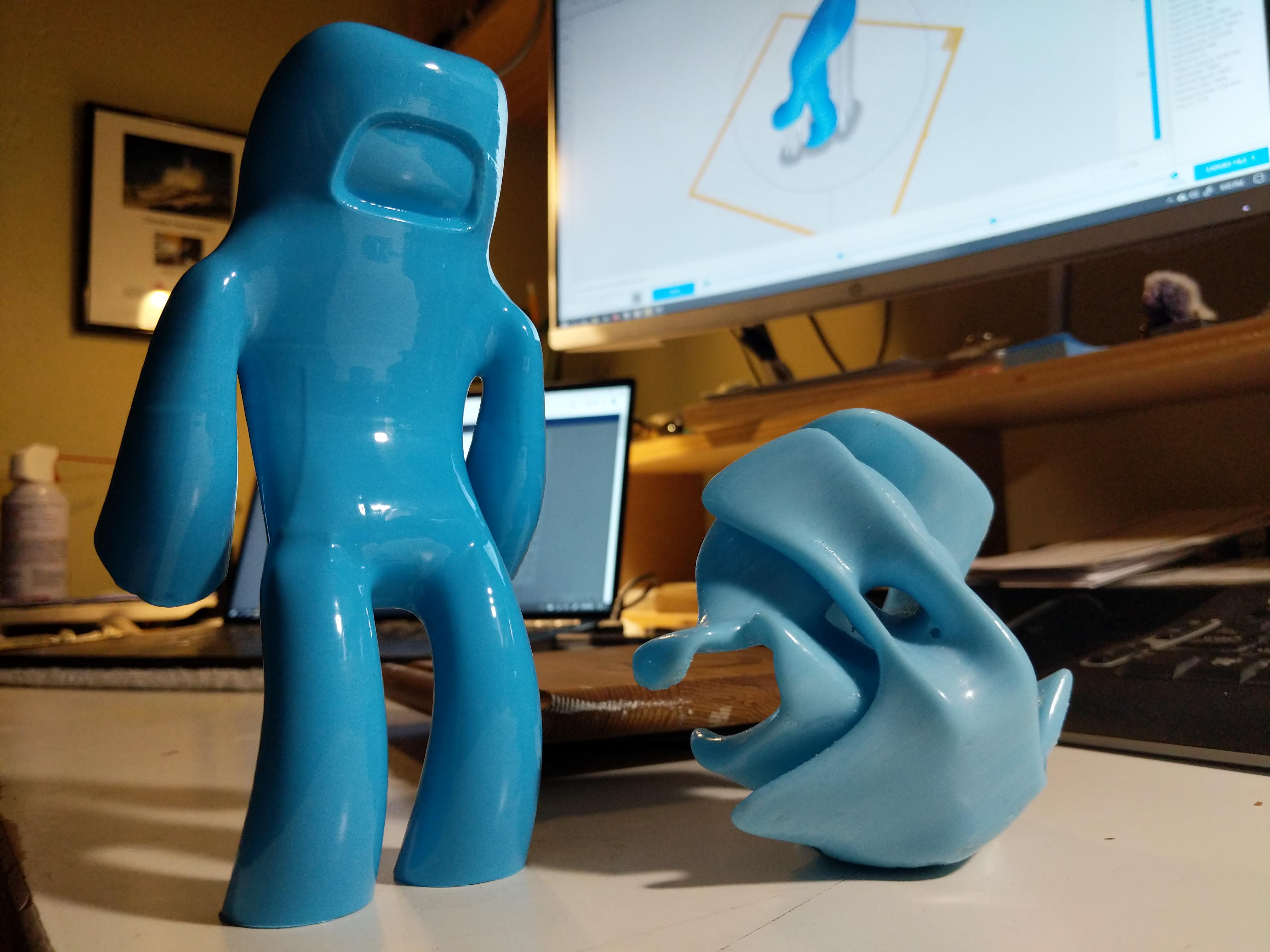
Picture courtesy : adonutforeveryone via Reddit
ABS is an amazing material for 3D printing. It's a type of industrial plastic that was used as one of the first materials for 3D printing in the 1990s. But even ABS can't escape the problem of FDM 3D printing: layer lines.
Fused deposition modeling inherently produces layer lines. It makes your 3D-printed parts special, but let's face it, layer lines don't look good on every model. They make your models look less professional and take away from their visual charm.
Thankfully, you can entirely conceal these layer lines in your ABS components with little post-processing. ABS Smoothing is a process in which the layer lines totally melt, giving your parts a smooth, shiny surface.
In this piece, we'll learn everything there is to know about this process and show you how to make professional-looking 3D prints. Let's print some ABSolutely amazing creations!
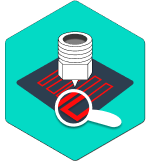
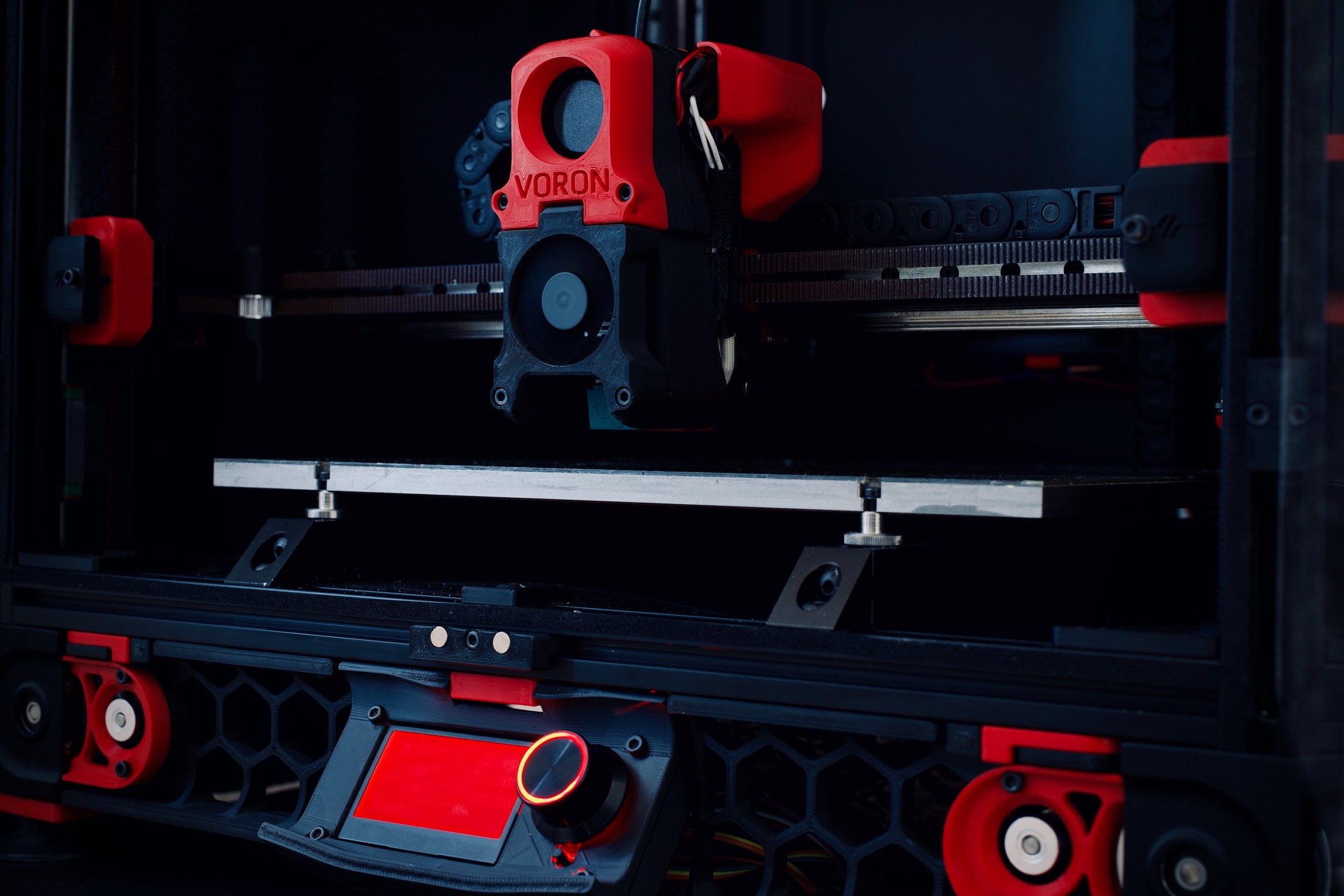
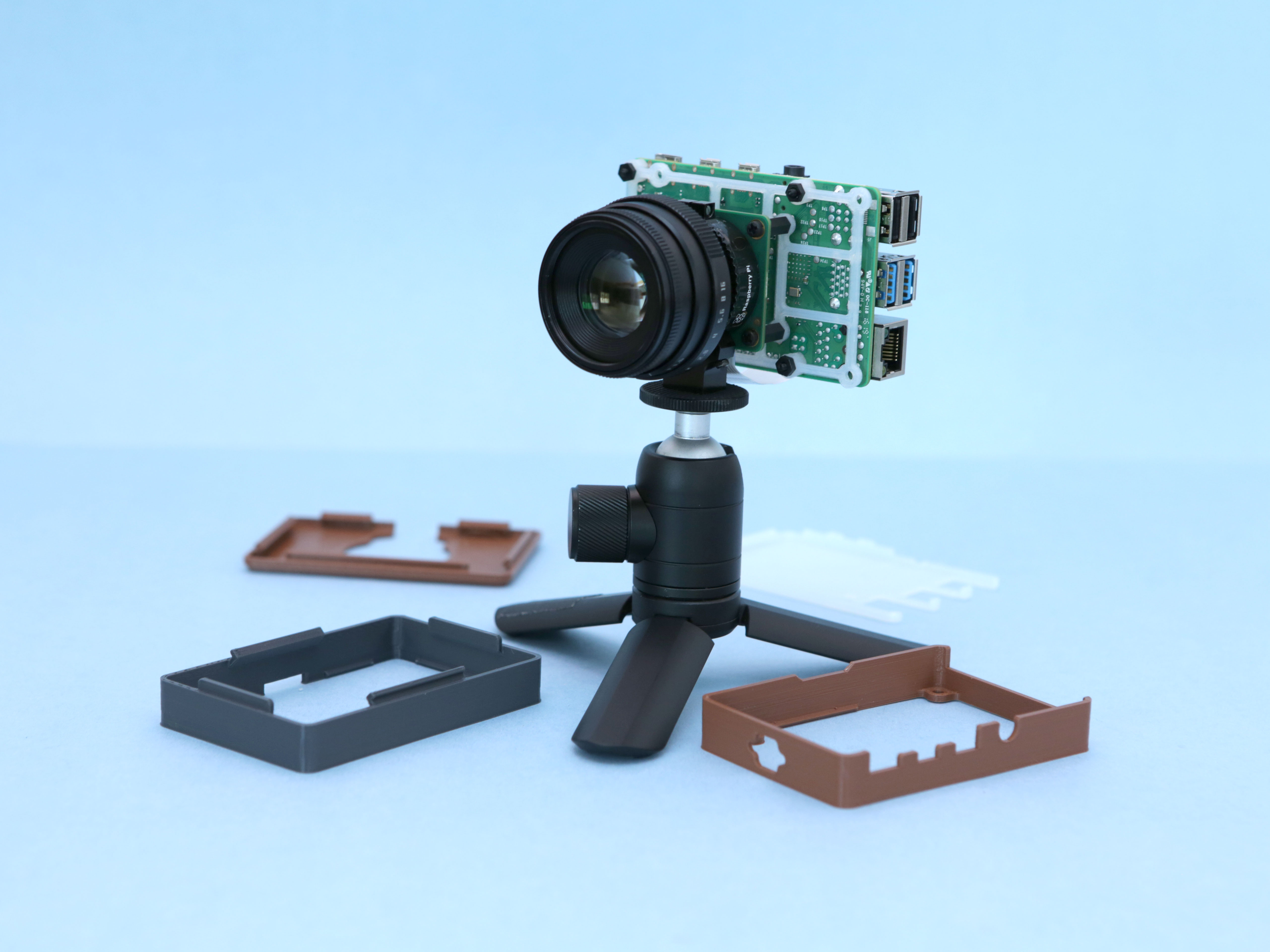
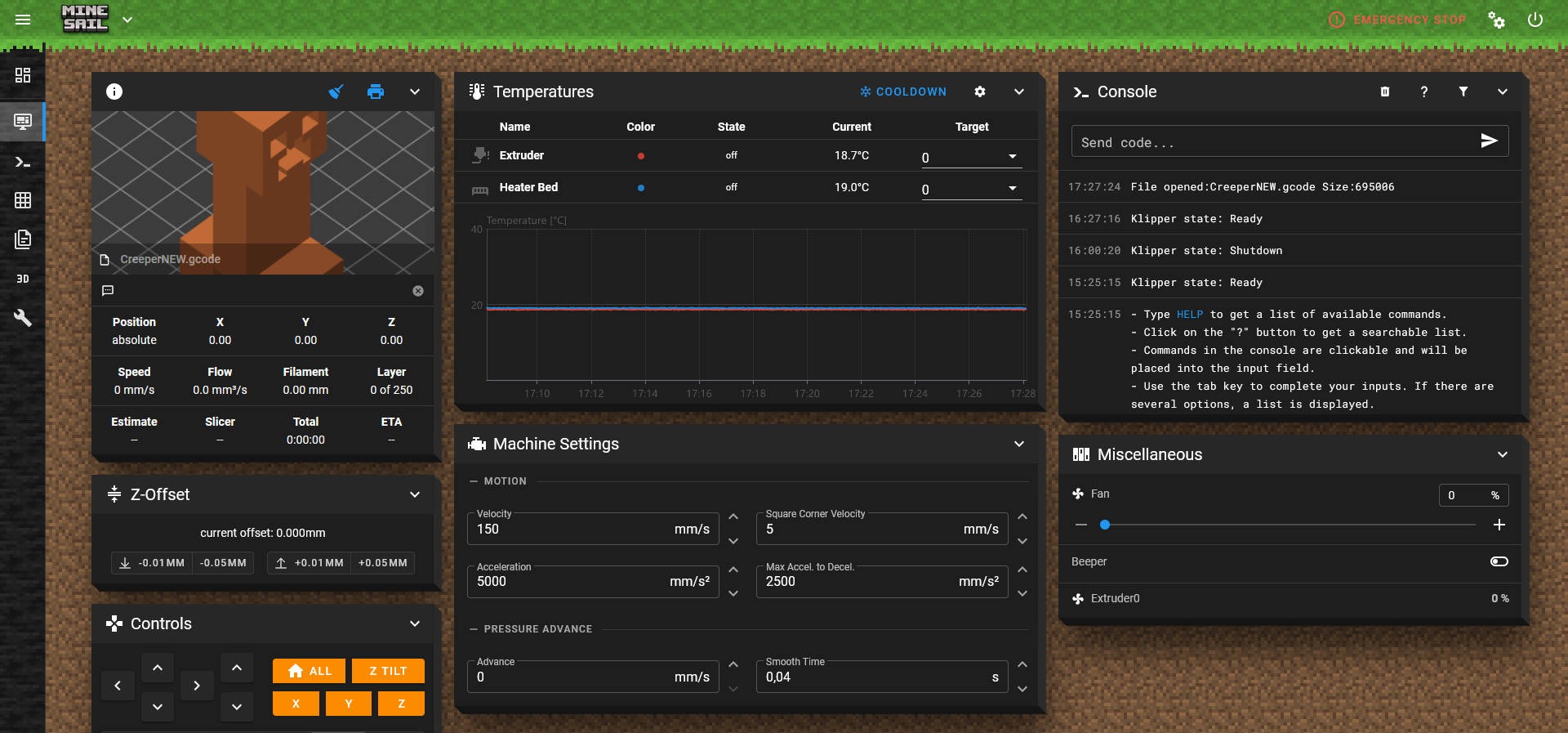
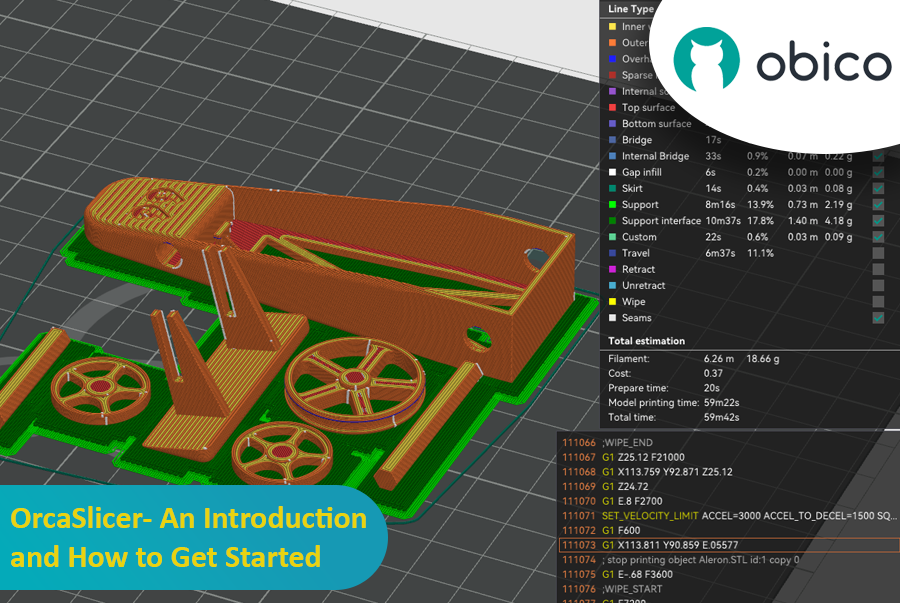
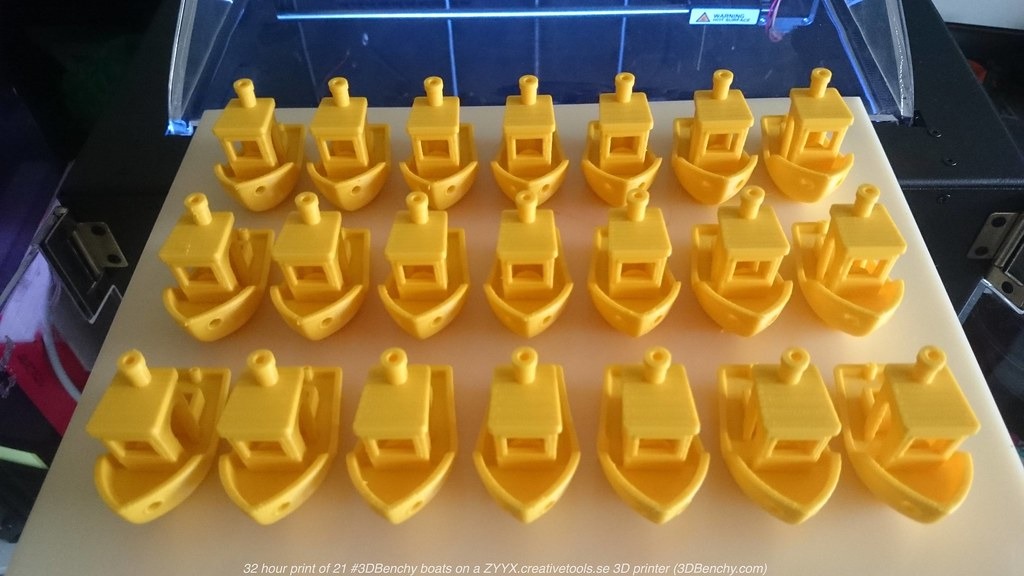
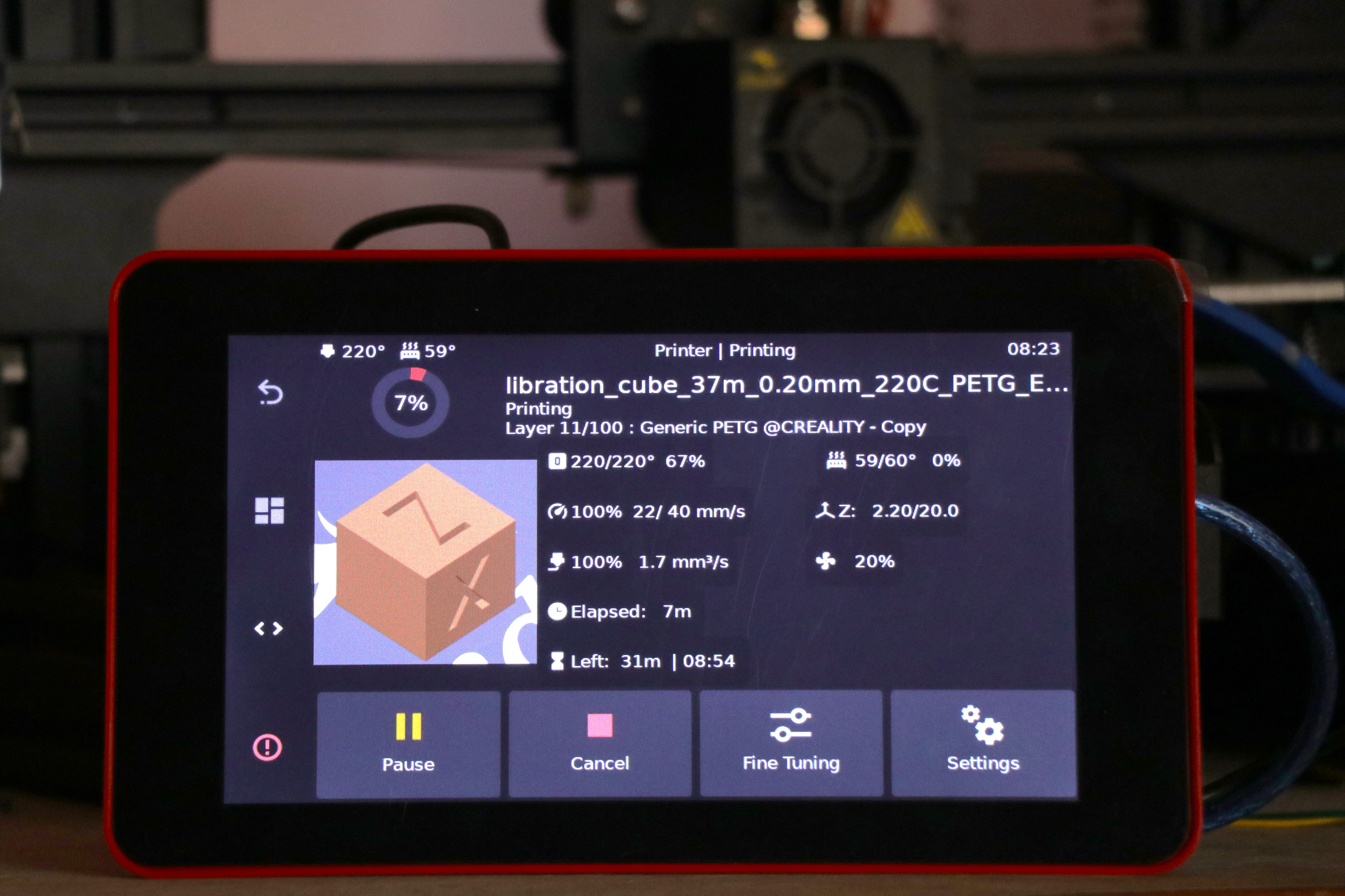
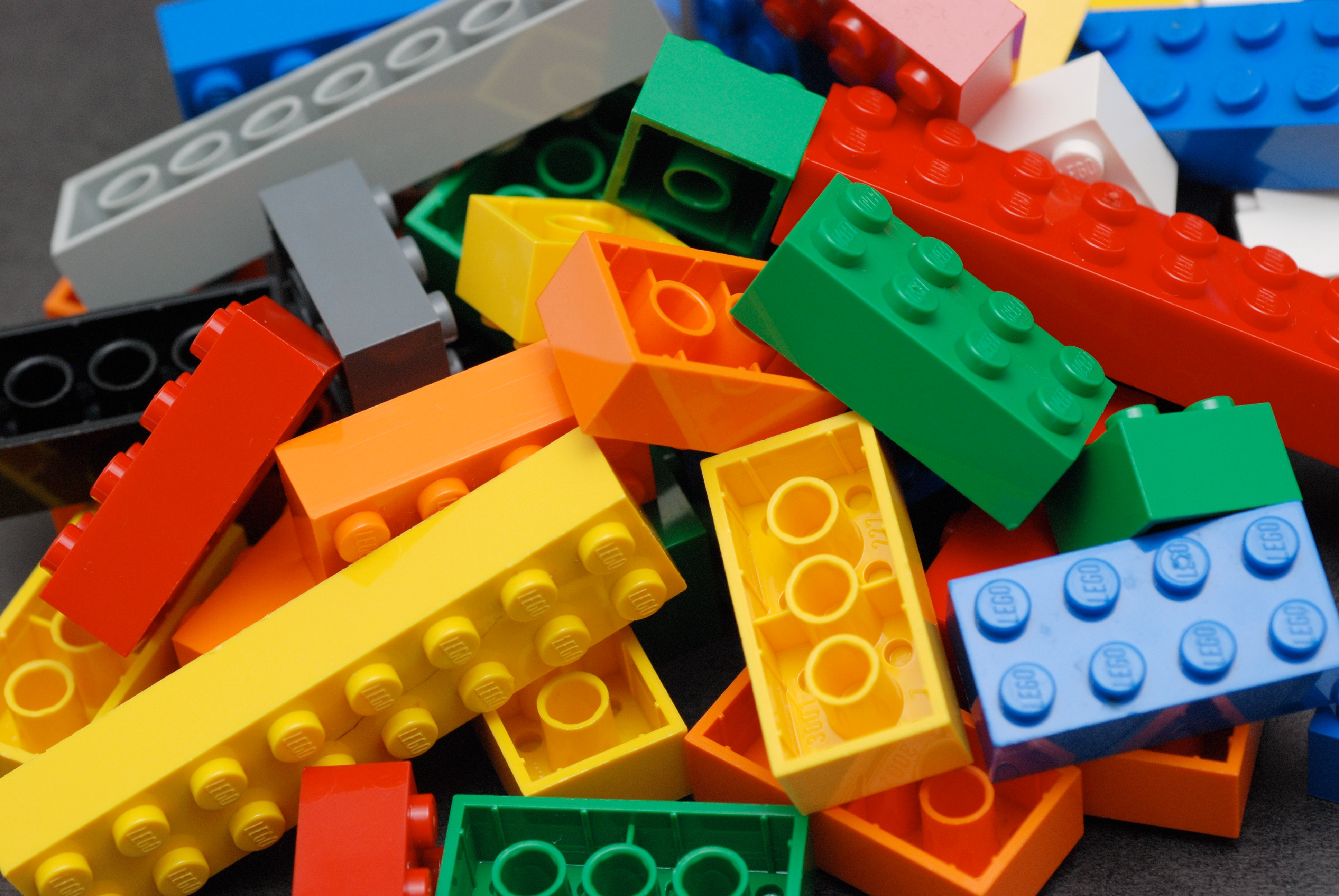
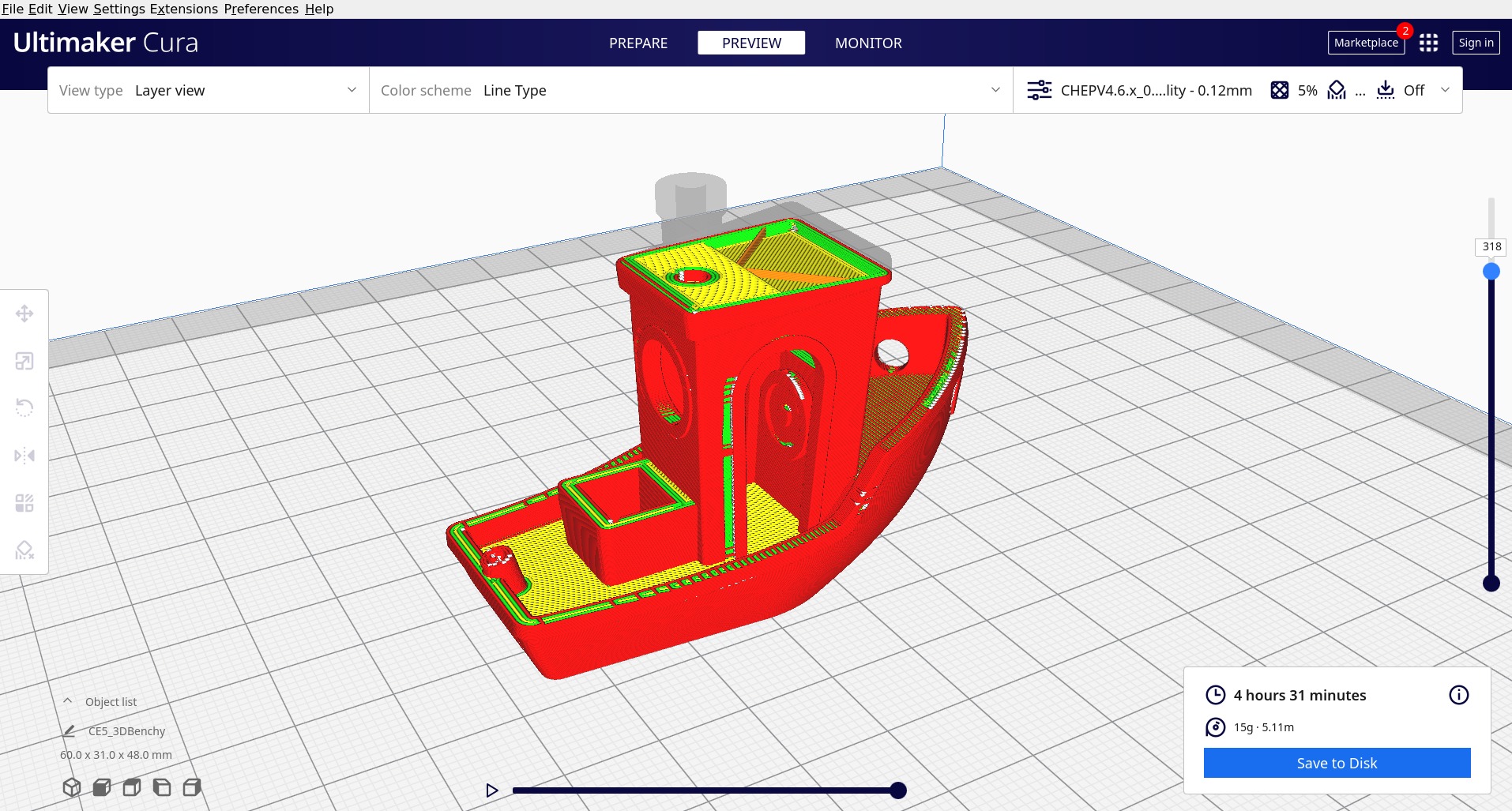 Picture courtesy :
Picture courtesy : 